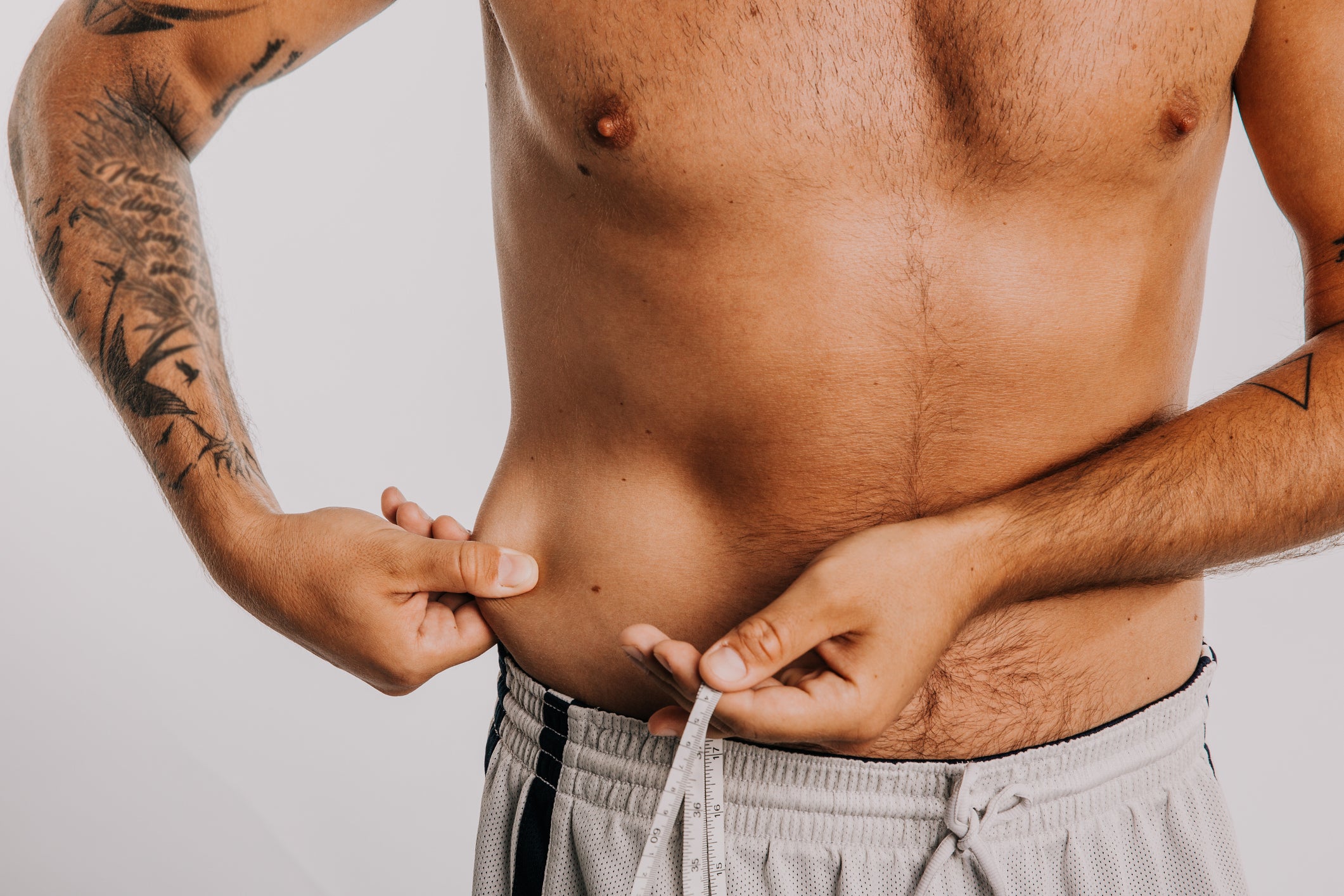Your support helps us tell the story.
In my reporting on women's reproductive rights, I have witnessed the critical role that independent journalism plays in protecting freedoms and informing the public.
Your support allows us to keep these vital issues under the spotlight. Without your help, we would not be able to fight for truth and justice.
Every contribution ensures that we can continue reporting on the stories that impact lives.
Kelly Rissman
US News Reporter
Excess fat around the waist has been linked to chronic pain throughout the body.
A new study found that having more fat in the abdominal area (and around important organs like the liver and pancreas) was linked to pain in numerous parts of the body, particularly in women.
Losing weight or reducing large waistlines can help relieve this pain, experts said.
The study, conducted by researchers at the University of Western Australia, examined data from 32,409 people who took part in the UK Biobank study, all of whom completed questionnaires and underwent health assessments.
About half (51%) were women and their average age was 55 years.
They underwent MRI scans of the abdomen to measure the amount of fat around their abdominal organs (known as visceral adipose tissue).
The amount of fat just under the skin that can be pinched (known as subcutaneous adipose tissue) was also analyzed.

People were also asked if they had experienced any pain in their neck, shoulder, back, hip, knee, or entire body for more than three months.
Two years later, all assessments were repeated on 638 people in the group.
The results showed that the more fat people had around their abdomen, the more likely they were to feel pain.
Being overweight and having a higher body mass index (BMI) was also linked to higher odds of experiencing pain.
Women suffered more than men, the study found.
In an article published in the journal Regional Anaesthesia And Pain Medicine, the authors said: “Higher levels of adipose tissue were also associated with higher odds of reporting chronic pain in both sexes.
“The effect estimates for these adipose measures were relatively larger in women than in men.
“The stronger effects identified in women than in men may reflect sex differences in fat distribution and hormones.”
The team said reducing body fat around the waist “may be considered a goal for chronic pain management, particularly in those with multiple pain sites and widespread pain.”
They also suggested that body fat accumulation may be linked to increased inflammation, which can cause people to experience pain.
Inflammation can also affect the nervous system and people's experience of pain, they said.












